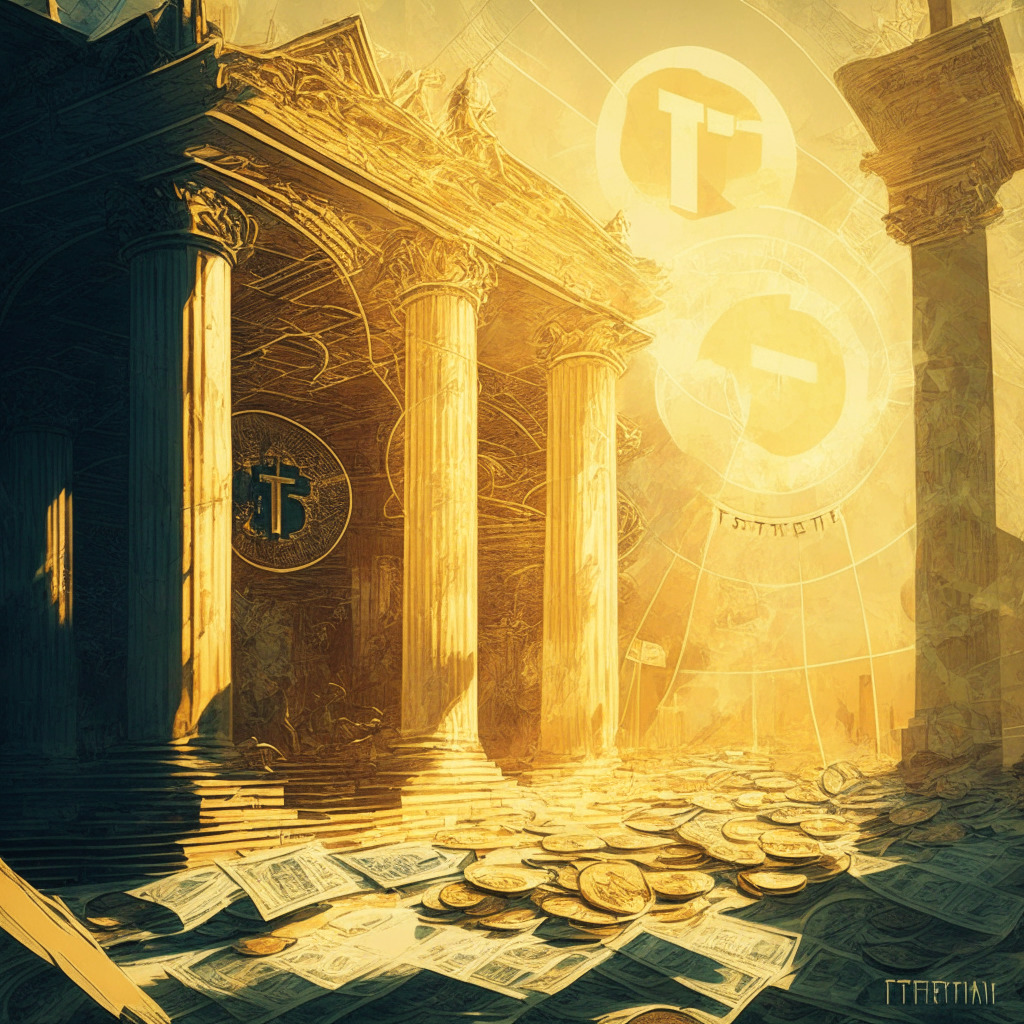In an era brimming with cutting-edge technology and innovative startups, one company’s approach to mining stands out. Hut 8 Mining has forayed into the Ai infrastructure space, securing the burgeoning data center landscape. This entrance into non-conventional territories aligns with the company’s vision to stay ahead in the tech race while maintaining their stronghold in the traditional data center arena.
Speaking to Sue Ennis, Vice President of Corporate Development and Investor Relations at Hut 8 Mining, clarified the distinctive features of Ai infrastructure, the burgeoning opportunities within the data center space, and the potential ripple effect the next bitcoin halving might have on the industry.
Ennis emphasized that Ai infrastructure is fundamentally different from conventional data centers. Her assertions depict a paradigm shift—unchartered but rewarding. This revolution finds its basis in the phenomenal leap the demand for Ai and Ai infrastructure has taken. From a modest $95 billion opportunity a couple of years ago, the demand for Ai and Ai infrastructure is now a mammoth $900 billion arena—clearly, an unparalleled spike.
An intriguing perspective in Ennis’s interview was the blend of the traditional and the ultramodern—the amalgamation of nascent Bitcoin data centers with traditional data centers—furthering the importance of structuring infrastructure to meet the growing demand. However, it’s worth noting that the rapidly dwindling data center inventory might pose a challenge to these underlying changes.
The merger of Hut 8 and U.S. Bitcoin Corp. signifies another milestone for the corporation. As a result, the post-merger U.S.-based company is set to become one of the largest public miners in North America. By diversifying their power and energy portfolios, they hope to further cement their market position.
Despite the evident optimism around the perceived growth of the Ai infrastructure, a valid reservation lingers around the ‘halving’ of Bitcoin rewards for miners. Traditional Bitcoin miners operate in a highly capital-intensive business, with diminishing returns and increasing competition evident in post-halving scenarios. This potential drawback is even more glaring now, given the rising instances of private mining power, particularly in the Middle East.
To counterbalance the apprehensions surrounding halving, Hut 8 aims at strategic partnerships with these new entrants. Their merger with the U.S. Bitcoin Corp offers a promising avenue—a proprietary software designed to create efficiency and offer impressive returns, hence inherently scalable and offering a capex-light business model. If all goes according to plan, these innovative strategies should naturally prevent the inherent conflicts associated with Bitcoin halving.
Despite market volatility and the imposing shadow of SEC regulations, the buzz around Bitcoin seems to persist—the pending re-filing of spot BTC ETFs and the potential approval of a spot ETF augurs well for Bitcoin’s demand and price action. An optimistic Ennis visualizes a resurgence of the bull market, and for hers and other like-minded enthusiasts, the future shines bright with potential.
Source: Cryptonews




